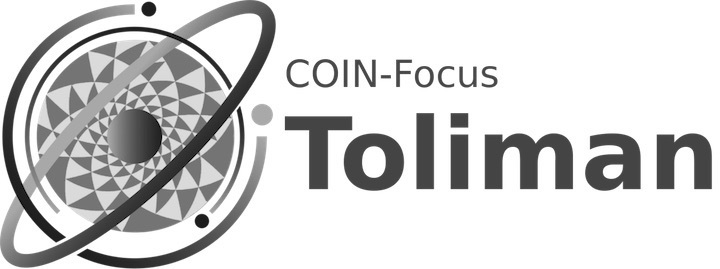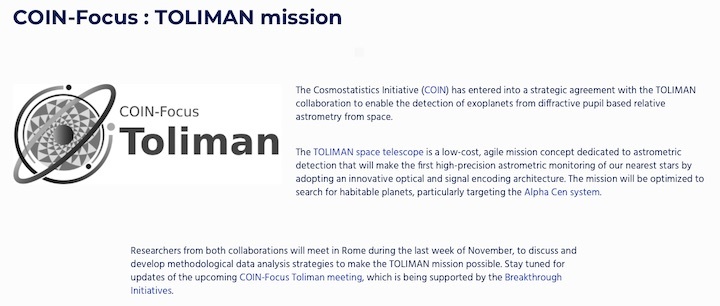18.11.2021
Privately funded Toliman telescope to be launched into low-earth orbit to search Alpha Centauri star system

A new space mission to hunt for potentially habitable planets around Earth’s closest neighbouring star system is under way.
In a project with echoes of the 2009 film Avatar, an international collaboration of scientists in Australia and the US will search in the Alpha Centauri star system for earth-like planets that could sustain life.
Alpha Centauri – Earth’s closest neighbouring star system – consists of two sun-like stars, known as Alpha Centauri A and B, and a more distant red dwarf star.
The Toliman mission, named after the ancient Arabic-derived name for the star system, will search for potential planets orbiting Alpha Centauri A and B.
The Toliman telescope, which is under construction, is set to be launched into low-earth orbit in 2023. It seeks to discover new planets in the “Goldilocks orbit” – at the right distance, so the planet is neither too hot nor too cold to sustain life.
Project leader Prof Peter Tuthill, of the University of Sydney, said: “If we’re looking for life as we know it, usually the gold standard is a planet where liquid water could be present at the surface of the planet – so it’s not like a frozen snowball, and it doesn’t boil all the water up into the atmosphere.”
“We know that life has evolved at least once, around a sun-like star on an earth-like planet,” Tuthill said. “We try to look for other examples that are as close to that configuration as possible.”
Tuthill likened hunting for planets to solving a mystery: the signals planets give off are “very subtle” and “very faint” compared to the signals from stars, he said.
Despite the seemingly frequent discovery of exoplanets – planets outside our solar system – “around our very nearest sun-like stars we don’t have any idea whether there could be … any earth-like planets,” Tuthill said.
The Toliman mission will try to uncover planets by studying whether the stars Alpha Centauri A and B wobble from side to side, due to the presence of unseen planets tugging on them gravitationally.
Collaborators on the mission previously detected a “planet candidate” potentially orbiting around Alpha Centauri A, but its existence hasn’t been definitively confirmed.
“If that is a real planet that would be something like a Neptune-like planet … a gas giant,” Tuthill said. “Maybe it has a moon around it that life could exist on.”
That possibility has a sci-fi parallel: James Cameron’s 2009 film, Avatar, is set on Pandora, a fictional habitable moon that orbits a gas giant in the Alpha Centauri system.
“If that detection is proved to be confirmed, then James Cameron got there first with his movie,” Tuthill said.
At 4.37 light years away from the sun, Alpha Centauri would be an obvious destination for any future interstellar travel, Tuthill added.
Even so, “a terribly forbidding leap in technology” would be required to get there. “At about the speed of the fastest modern space probes, this is something like a 100,000-year voyage.”
“It’s not in my lifetime, but it’s still a visionary future where we might imagine developing technologies … able to span these interstellar voids.”
In collaboration with the University of Sydney, the Toliman mission involves scientists at Saber Astronautics in Australia, and Breakthrough Initiatives and Nasa’s Jet Propulsion Laboratory in the US.
“This might be the biggest privately funded space telescope ever built,” Tuthill said.
Quelle: The Guardian
+++

Quelle: Toliman
